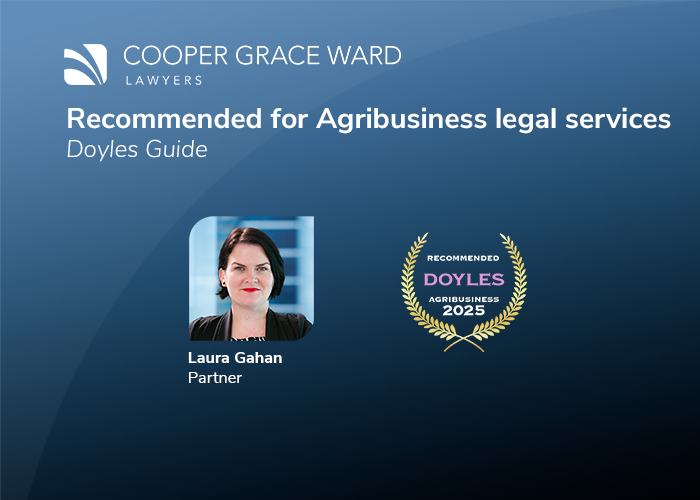From 1 July 2018, the rate of tax a company pays, and the rate at which it can frank its dividends, depends upon whether the company is a ‘base rate entity’ or not.
Where a bucket company only receives income from a trading trust, it will be a ‘base rate entity’ (subject to having an aggregated turnover of less than $50 million). This means it will pay tax and frank its dividends at the base rate entity tax rate, which is currently 27.5%.
The issue is that a bucket company may have significant franking credits that arose when the company was paying tax at 30%. However, even where the franking credits arose at a 30% tax rate, while a company is a base rate entity it can only frank its dividends to the lower base rate entity tax rate, and there is no adjustment to existing franking credits.
This will result in the bucket company having excess franking credits, in particular when the tax rate reduces to 25% in the 2022 year.
Where there are substantial retained earnings in an existing bucket company, it is worth considering setting up a new bucket company to receive the new distributions franked to the lower rate. With no further distributions to the existing bucket company and provided that the bucket company derives some passive income (such as interest), it can retain its 30% tax rate and its ability to frank its dividends to 30%.
This will be covered in our upcoming roadshow.







